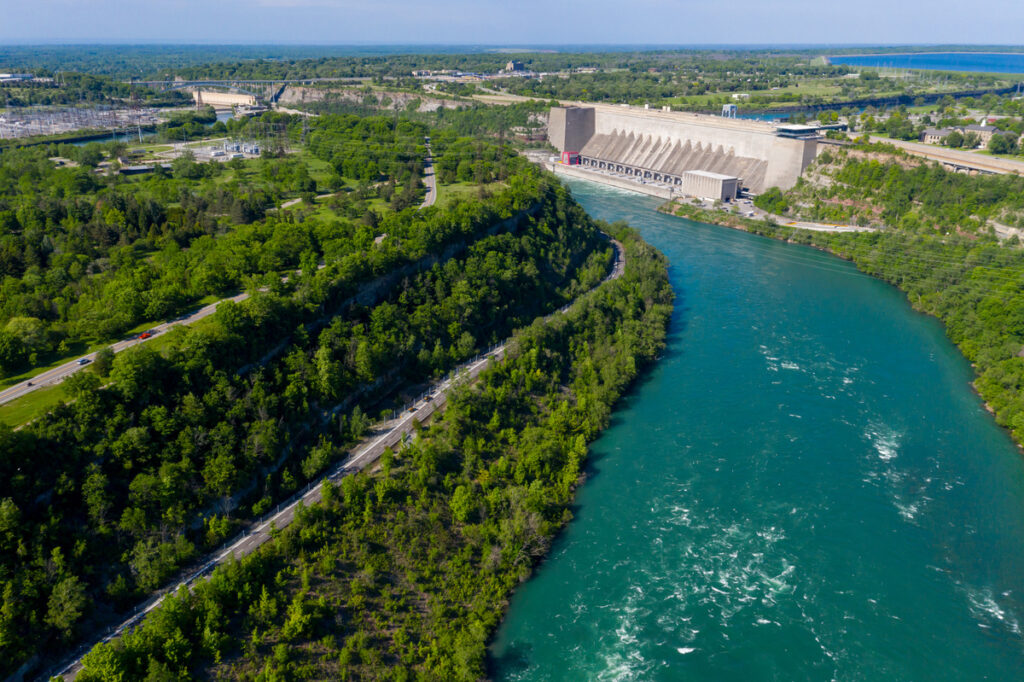While Summer may be a slower season for some, we love to see organizations continue to move forward with FME. Across industries and regions, teams are using data to solve problems, improve how they work, and deliver better services to the people who rely on them.
These stories show just how versatile the FME product can be. Whether managing roadwork updates, scaling municipal water systems, or turning infrastructure drawings into intelligent networks, each example highlights how teams are saving time, reducing manual work, and building solutions that make a real difference.
Smarter services across Asia-Pacific
Transforming resident services with connected systems
Mackenzie District Council in New Zealand wanted to improve how they managed public service requests. Their legacy system made coordination slow and disconnected. Working with Seamless, the Council introduced a modular setup powered by FME that now links 25 tools and automates how job tickets are created and routed. Residents stay informed throughout the process, and staff can focus their energy on long-term initiatives instead of manually sorting and forwarding requests. The result? Faster service and a more transparent experience for the community.
Reimagining public data engagement in local government
Elsewhere in New Zealand, Gore District Council wanted a better way to manage and share information about public assets. Their paper-based system created bottlenecks, leaving staff and residents without timely updates when they needed them most. They introduced FME to transform manual processes into a more automated digital system. Now, everything from emergency road closures to historic records can be accessed in real time. The change has minimized routine updates, improved data reliability, and made collaboration with regional partners easier. Most importantly, residents benefit from faster, clearer communication and more transparent digital services.

Mapping and modernizing across Europe
Just as councils in Asia-Pacific are transforming services, organizations in Europe are rethinking how they map, manage, and modernize their infrastructure.
Creating better maps with less manual work
Reijers Cartografie in the Netherlands produces high-quality hiking and cycling maps using OpenStreetMap data. Previously, they relied on manual processes to clean and prepare the data for design. With support from Nordend and FME, they built a workflow that automatically filters and structures the data, making it ready for Adobe Illustrator. The new process has helped the team deliver consistent results faster while keeping their focus on design quality and cartographic detail.
Building a smarter rail system through schematic digitization
Elsewhere in Belgium, Infrabel manages the country’s rail infrastructure. For years, schematic diagrams were kept as disconnected files. Using FME, Infrabel created a topological rail network that brings this data together in one clear, functional view. The system was originally expected to catch 80 percent of data issues, but it has already gone beyond that target. Manual editing has been reduced, and teams are now working from a shared network that supports better planning and coordination.
Mapping critical underground infrastructure at scale
Also in Belgium, BESIX, Belgium’s largest construction group, often works on major infrastructure projects that involve excavation. But the KLIP (Cable and Pipeline Information Platform) data they relied on came in fragmented, file-heavy formats that slowed work and made coordination harder. They used FME to centralize and structure this information so it could be reused across BIM, CAD, and GIS applications. The new setup cuts down on repetitive work and makes it easier to share reliable information with infrastructure owners.
Transforming everyday services in the Americas
Across the Americas, municipalities are finding new ways to keep communities informed, improve collaboration, and deliver everyday services more efficiently.
Keeping the public informed during road construction
We’ve all been there – running late to work or an event, only for construction to delay us even further. It’s a modern frustration that all urban citizens can relate to. With major roadwork coming down the pipeline, the City of Sherbrooke in Quebec needed a way to keep drivers informed in real time. Partnering with Consortech, the City used FME to automate how road data from their internal systems is shared with the Waze navigation app. The project was completed within two months. Since launch, residents and visitors have received up-to-date information on disruptions, while city staff have spent less time manually coordinating updates. Public complaints have gone down, and transparency has gone up, fostering a communication-forward system where necessary roadwork doesn’t have to impede the day-to-day life of community members.
Improving water data collaboration across municipalities
In Ontario, the Niagara Region manages water treatment across 12 municipalities, each with its own approach to data. Integrating and validating information used to be time-consuming and inconsistent. The Region built a centralized system using FME that now automates data extraction, correction, and validation. Not only has integration time been cut in half, all municipalities now follow a shared process that improves data quality and makes it easier to collaborate.
Turning everyday data into new community services
Travelling back to Quebec, one municipality saw potential in the data they already had but needed a better way to utilize it across teams. They introduced FME to automate how GIS data is converted to AutoCAD plans and to improve the management of compost bin distribution. The changes have made tasks easier to complete and track. Staff now work with more accurate data, and the time saved is being reinvested in new services that directly benefit the community.

Explore More Resources
Looking for more ways to engage with FME and its global network of partners? Check out these resources:
- Live Training and Certification: From beginner to advanced, learn the skills you need to make the most of FME.
- FME Webinars: Discover best practices and applications for FME in both foundational and advanced contexts.
- Local and Virtual Events: Join the FME community at partner-hosted user conferences, local events, and networking sessions.
- FME Accelerator: Get a quick introduction to FME’s capabilities with this free, interactive workshop offered in multiple languages.
- Find a Partner: Wherever you are, an FME partner lives where you live and speaks your language, ready to help you bring your data projects to life.





